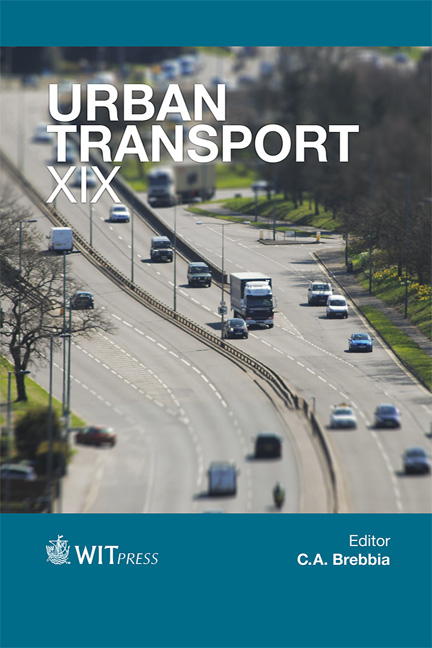What Modes Of Escape Are Suitable For Evacuees From Tsunami Disasters? – Various Levels Of Infrastructure And Population
Price
Free (open access)
Transaction
Volume
130
Pages
12
Page Range
91 - 102
Published
2013
Size
193 kb
Paper DOI
10.2495/UT130081
Copyright
WIT Press
Author(s)
J. Lee, K. Hatoyama & H. Ieda
Abstract
The Great East Japan Earthquake of March 11th, 2011 was distinct from the 1995 Kobe earthquake, especially in the causes of deaths. The former was characterized mainly by deaths due to drowning from the tsunami, while the latter was characterized by deaths due to structures that collapsed in the earthquake. The tsunamis also required evacuees to escape distances of over 15km, and the Evacuation Action Plan (EAP) had recommended walking mode as the only official mode of escape. This research focuses on the Tohoku Area from a macroscopic perspective. Data was used from a survey by the Ministry of Land, Infrastructure, Transport and Tourism (MLIT) with 10,601 evacuees at shelters. The Evacuation Assessment Support System (EASY) was formulated using the following parameters: distance to shelters, population density and evacuation speed. Residents living in Fukushima Prefecture did not have the advantage of escaping by walking. Iwate Prefecture had the advantage of car mode, but the EAP does not encourage this. Keywords: car evacuation, EASY (Evacuation Assistance Support System), tsunami evacuation.
Keywords
Keywords: car evacuation, EASY (Evacuation Assistance Support System), tsunami evacuation.





